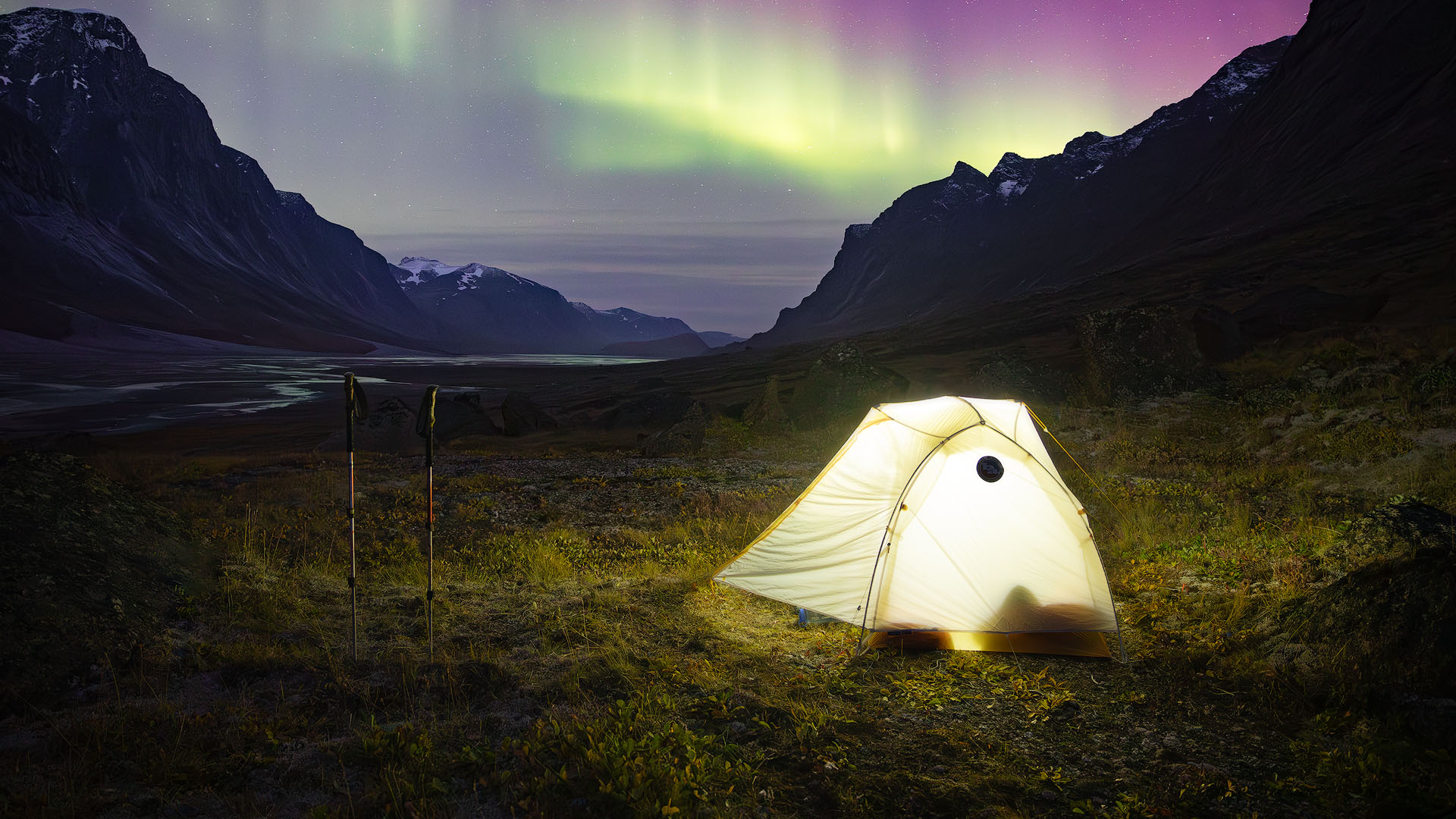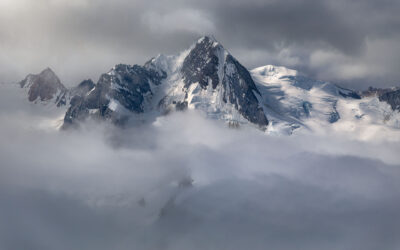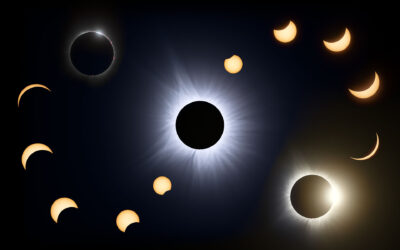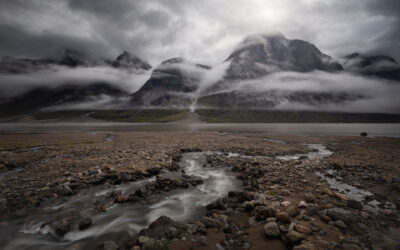Okay, let’s talk about camera gear.
Capturing and sharing landscape photographs has been an incredible joy for me since sharing the first image I was proud of. Feeling something special about a landscape, capturing that feeling, and then later sharing it with someone else is a powerful experience. It can bring you closer to others, give you a sense of accomplishment, or make you feel like you’ve captured a moment that wouldn’t be seen at all had you not been there to commemorate it. That process is special, and even more so when you can successfully deliver the feeling you got from the landscape to someone else through a photo. Trust me, that’s easier said than done. I’ve stood in front of incredible scenes many times and had friends or strangers say “there’s no way a photo will ever do this justice.” That has never stopped me from trying (and often failing).
A lot of work goes into capturing those scenes and communicating their in-person feeling. That’s why there’s one comment that often leaves photographers unsure of how to respond:
“Wow! You must have a great camera! “
In my mind, that can translate into a lot of other things, like “this photo is so great that I just can’t imagine you having the talent to capture it!’ Or “Photography isn’t art and good photos come from good cameras and nothing else!” In reality, most people just don’t have a great understanding of the relationship between camera gear and the end photograph. Frankly, most new photographers don’t have a great understanding of that relationship either! Buying new camera gear can be a quick way to feel as though you’ve improved your photography, but the reality of the matter is a bit more complicated.
“The single most important component of a camera is the twelve inches behind it!” – Ansel Adams

Truthfully, having a sufficiently capable camera is only the first element element needed in creating powerful photos: you also need to know how to use it, and how to communicate an idea or a feeling through imagery. Each of those factors plays an important role, and some take a long time to learn. With all of that said, people often still seem curious on what I use for my photographs.
Look, I’m going to level with you. Equipment matters, but only to an extent. Sometimes you need the right equipment for a specific scene, but for many scenarios, including a lot of what I do, you can get away with some pretty simple gear. Gear starts to matter more when it comes to increasing your odds of success in very specific situations. If you’re trying to catch fast action, detailed subjects in low light without control over light, or trying to catch a split second moment that you can’t anticipate, then yes: more expensive camera gear can be the difference between getting the photo and missing it. Outside of those specific instances, however, you can do a lot with pretty simple cameras, especially if you know how to work around their limitations. Much of what I do doesn’t really need incredibly high-end gear, though in some instances having nicer gear and a good understanding of how to overcome limitations has helped me rescue an image where things didn’t go according to plan. The moral of this story is this – don’t stress over gear until you know exactly what you need for the image you want to capture.
With that said, if you want to know the equipment I use on a regular basis, read on below! Please note – the links below are affiliate links, and if you choose to purchase equipment using those links, I’ll get a small commission. I’ll also stress that I don’t have a relationship with any brand or company. I have not been asked to promote any of these products, and I actually use each of these for my photography today.
Camera Bodies
Canon 5D mark IV – This camera has been used to capture almost every image you’ll find on this site. It’s been a tried and tested workhorse for me, and it still produces great images today, despite being 8 years old!
Canon R5 mark II – I only just got my R5 mark ii, and it has been great so far, but I can’t say that I’ve used it enough to have a strong opinion on performance yet! So far, so good though!
GoPro Hero 9 – This is what I use for most of my videos. It is just ok, and there are newer and better options out there today! I use it specifically because I can strap it to my bag, and I don’t need to worry about breaking/drowning/losing it. The stabilization is great as well. Again, however, there are newer and better versions out there today!
Lenses
Canon EF 24-70 f/2.8L ii – This lens has been a critical part of my gear for years, and has never let me down in terms of image quality or versatility. I use this a lot.
Canon EF 16-35 f/4L – This has been my primary wide-angle lens for as long as I’ve had the 5D mark iv. It is a wonderful lens with great sharpness and quality, and it remains an important tool in my bag when I’m using the 5D mark iv, and it can typically be found for a reasonable price.
Canon RF 15-35 f/2.8L – This lens is my go-to for wide-angle shots on my R5 mark II. I bought this image to consolidate my camera gear little bit with the hopes that this lens could replace both my 16-35 f/4L, and my Rokinon 14mm f/2.8. My hope was to have a wide and fast zoom lens for night scenes, and this lens fit the bill well, reducing my bag weight, and the number of lenses I need to cary on a given trip!
Canon EF 70-200 f/2.8L ii – This was my go-to long-lens for many years, and doubled as a great portrait lens when needed. I’ve loved using this lens for many intimate scenes as well as mountain portraits over the years, and even breaking waves!
Canon EF 100mm f/2.8L macro – This lens is where just about all of my macro images come from. It’s incredibly sharp, relatively light, and does a great job with those small but detailed scenes.
Sigma 100-400 contemporary – This longer lens lives in my bag. It’s just wonderful for tighter images of the landscape, and especially mountain peaks, while remaining relatively lightweight, small, sharp, and reasonably priced. I’ve been very satisfied with this lens!
Rokinon 14mm f/2.8 – This lens has been used for most of my wider night photographs for many years. The lens can be found fairly cheap, it doesn’t weigh a lot, and it’s surprisingly sharp, especially during the day. It does suffer from some serious distortion, and it is a manual-only lens with physical controls for aperture and focus, but in the right scenarios, it has been a life-saver for me!
Accessories
Control Ring Mount Adapter EF-EOS R – This is the adapter I use to bridge my EF lenses to my Canon EOS R5 mark II. It does its job!
FLM CP-30 S4II – this is my go-to tripod for daily use. I love this thing -very light, incredibly stable, and FLM provides some of the best user support of any company I’ve purchased from.
Really Right Stuff BH-40 Ball Head – This ball head has been excellent. Feels very sturdy, and maintains a very low profile which has been an asset in reducing the size of the equipment I’m traveling with.
Sunwayfoto PCL-5DIV L bracket – this is the L bracket I use for my 5D Mark IV. It has been great, and has never let me down!
SmallRig L-Shaped Mount Plate – this is L bracket I use for my R5 Mark II. I’ve only used it a few times, but it seems to be doing a good job. I will note, however, that the opening on the L bracket is fairly large, so you will need a larger Arca Swiss clamp to use it. The L bracket does interrupt free movement of the flipping screen, but the opening in the L bracket does ensure that you can still use it and see it from variable angles.
Shimoda Explore V2 35 Backpack – This bag has been pretty good. It has kept my gear safe and on my back where I want it. I also really appreciate the back entry and side access.




